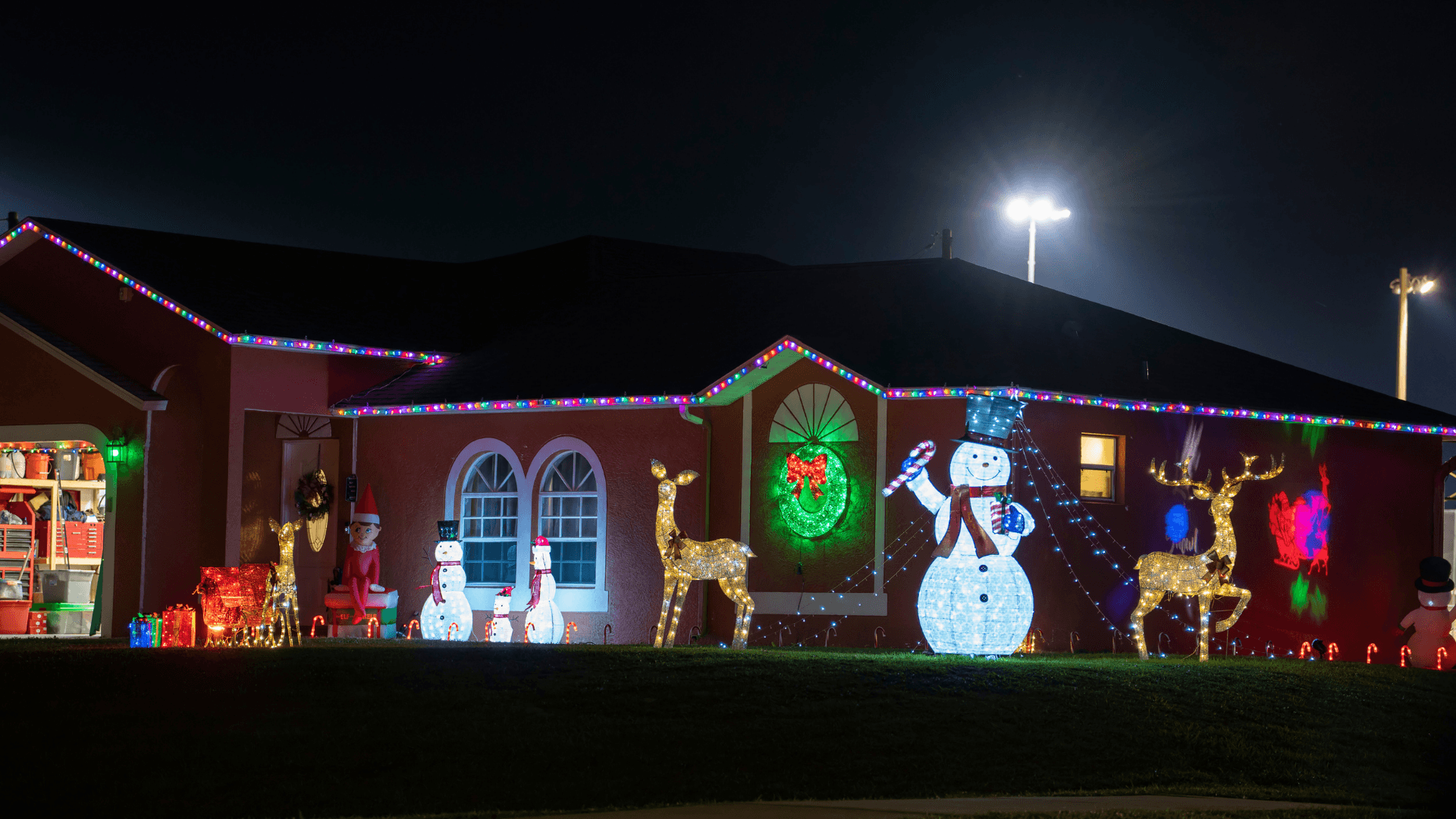The holiday season can cause a noticeable spike in electricity use, especially in Texas households where ovens, heaters, and light displays get a serious workout. Whether you are cooking a big meal, decorating the front yard, or hosting family from out of town, it all adds up. Knowing where that energy goes can help you make smarter decisions and keep your bill from climbing.
How Holidays Change Your Energy Use
During the holidays, electricity demand shifts in more ways than one. On Thanksgiving, for example, the usual evening usage peak moves to midday due to all the cooking happening across the country. In December, holiday lights, space heaters, and gatherings create heavier loads in the evening hours, especially in homes that are not usually built for colder weather. Texas homes may not need to heat as much as northern states, but they are still vulnerable to spikes during sudden cold fronts.
Baseline Appliance Usage in a Typical Home
Before factoring in holiday habits, the biggest energy hogs are fairly consistent:
Heating and cooling: About 52 percent of the average home’s energy use
Water heating: Around 310 kilowatt hours per month for electric systems
Refrigeration: Roughly 205 kilowatt hours per month for a standard kitchen fridge
Lighting and electronics: Combined, these typically use 15 to 20 percent of home electricity
That’s your baseline. The holidays can pile extra load on top, especially from kitchen appliances, lighting, and heating.
The Kitchen Goes into Overdrive
Big meals use big energy. Roasting a single turkey can take around 8 kilowatt hours. Multiply that across millions of households and it adds up fast.
Common holiday kitchen increases:
Oven: Regular usage is about 58 kilowatt hours per month but climbs quickly with multiple long bakes
Dishwasher: Adds around 30 kilowatt hours per month, more with extra cycles
Microwave and small appliances: Relatively efficient (16 kilowatt hours per month or less), but frequent use can stack up
Tips to cut cooking energy use:
Bake multiple dishes at once
Skip preheating for long bakes
Use a slow cooker, toaster oven, or microwave for small items
Let residual oven heat finish cooking
Lights and Decor: How Bright Is Too Bright?
Holiday light displays across the U.S. consume an estimated 3.5 to 6.6 billion kilowatt hours each season. A full incandescent setup on a Texas home can use 1,300 kilowatt hours over a month. The same display in LEDs might use only 173 kilowatt hours.
LED vs Incandescent Lights:
LED strings use 75 to 90 percent less energy
LEDs stay cool to the touch and last 10 times longer
A large LED display might cost under $30 in electricity for the season
Energy-saving lighting tips:
Use timers or smart plugs to limit run time
Turn off indoor lights when decor is on
Opt for fiber-optic or single-source light decorations
Heating During Texas Winters
In Texas, only about 18 percent of household energy goes to heating, compared to 41 percent nationally. But hosting guests, using space heaters, and colder weather can still spike usage.
Stay warm efficiently:
Lower the thermostat when guests are over
Use ceiling fans to distribute warm air
Seal drafts before cold fronts hit
Traveling for the holidays?
Turn your thermostat down
Switch your water heater to vacation mode
Unplug idle electronics
Dish Loads, Laundry Loads, and Leftovers
The more guests you host, the more power you use. Dishwashers and washing machines work harder, and the fridge stays open longer.
Efficiency tips:
Only run full loads
Wash clothes in cold water
Keep your refrigerator at 37 degrees and freezer at 0
Minimize door openings to maintain temperature
Also, unplug gaming consoles, chargers, and entertainment devices when not in use. These "phantom loads" still draw power.
Holiday Efficiency Recap
Want to stay festive and energy smart? Start with these easy wins:
Switch to LED lights and put them on a timer
Prep meals in batches and avoid long oven preheats
Run full laundry and dish loads only
Turn down the heat when entertaining or away
Unplug devices and switch your water heater to vacation mode when traveling
Being smart about how you use electricity helps you stay in control, even during the most electric time of year.
Sources
https://www.eia.gov/todayinenergy/detail.php?id=23892
https://www.eia.gov/energyexplained/use-of-energy/electricity-use-in-homes.php
https://www.energy.gov/energysaver/appliances-and-electronics
https://www.energymadeeasy.gov.au/article/how-much-energy-does-it-take-cook-turkey




